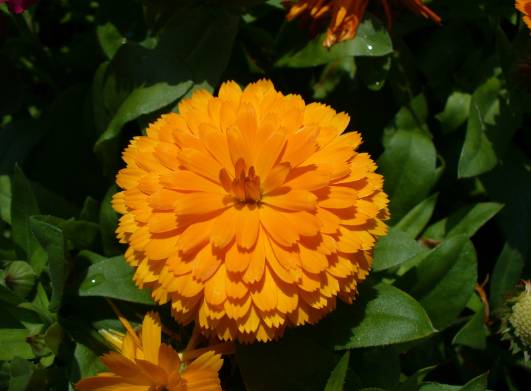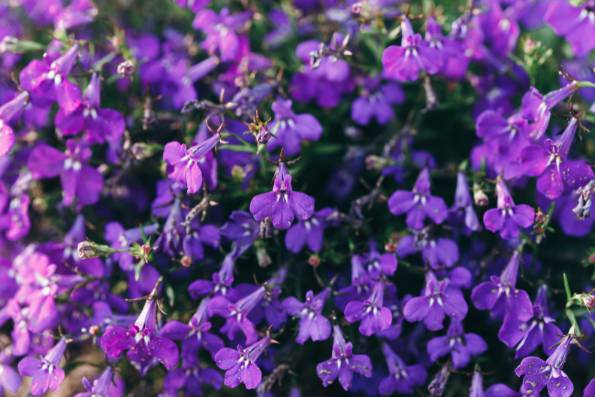
An annual is a plant that goes through its entire life cycle in one growing season. Annuals generally sprout in the spring, flower and disperse their seeds in the summer, and die in the fall. Annuals’ life cycle distinguishes them from other flowering plants, such as perennials and bulbs, that live and flower for multiple years.
Table of Contents
Why Grow Annuals?
View this post on Instagram
Annuals are a popular choice for gardens because of their:
- Ease: Because annuals sprout, flower, and die within a single growing season, caring for them is easier than the year-round work that many perennial plants require. For instance, you don’t have to worry about plant hardiness (ability to survive frosts) when choosing or caring for annuals.
- Color and variety: There are hundreds of different species of annuals, in a vast array of colors, shapes, textures, and sizes. This variety is much wider than what’s available among perennials and bulbs, and it can really make a garden stand out.
- Flexibility: Since annuals live only one year, they are perfect for experimentation. You can try one species of annual one year without having to uproot it if you don’t like the result—just buy a different type of annual the following year.
Types of Annuals
Though all annuals live for a single growing season, different species of annuals prefer different climate characteristics, such as amount of sunlight, air and soil temperature, and soil conditions.
Sun-Loving and Shade-Loving Annuals

Blooming Full Sun Marigold Annual Flower
Annuals are often grouped according to the amount of sunlight they need.
- Full sun: Sun-loving annuals need at least six hours of direct sunlight per day. Direct sunlight means sunlight during the middle of the day, when the sun is at its most intense, without any filtering through branches or other intervening objects.
- Partial sun: Light-shade or partial-shade annuals plants need at least six hours of filtered sunlight per day, meaning sunlight that may be partially blocked by branches or other intervening objects.
- Shade: Shade-loving annuals thrive when they are in shade for much of the day and may even be damaged by too much direct sunlight.
Warm-Season and Cool-Season Annuals

Lobelia (Campanulaceae) – Cool-Season Annual
Different annuals require a range of different air and soil temperatures.
- Warm-season annuals: These thrive in temperatures between 75–95°F (24–35°C). They should be planted only after the soil has warmed to the touch. Most annuals are warm-season.
- Cool-season annuals: These thrive when air temperatures are around 70°F (21°C), the soil stays generally cool, and the days are relatively short. Some cool-season annuals can even survive mild frost.
Note that the terms “warm-season” and “cool-season” refer to temperature ranges rather than specific times. That means that some regions of the United States are suitable only for cool-season annuals, even during the warmest part of the year.
In many regions it also means that you can stagger your annuals to bloom at different times: you can plant cool-season annuals that will grow and bloom in spring and early summer, then plant warm-season annuals that will bloom in mid- to late-summer, and then plant more cool-season annuals in late summer that can bloom into early- to mid-fall.
Annuals and Soil Preferences
Most annuals grow best in loamy soil—soil composed of an even mix of clay, sand, and silt—that drains well but also retains some moisture. However, some species of annuals may also be able to survive in (or even prefer) other types of soil, such as sandier or siltier soil. Before buying annuals, get a sense of the soil or types of soil found in your garden and then look for annuals that will do well in those soils.

